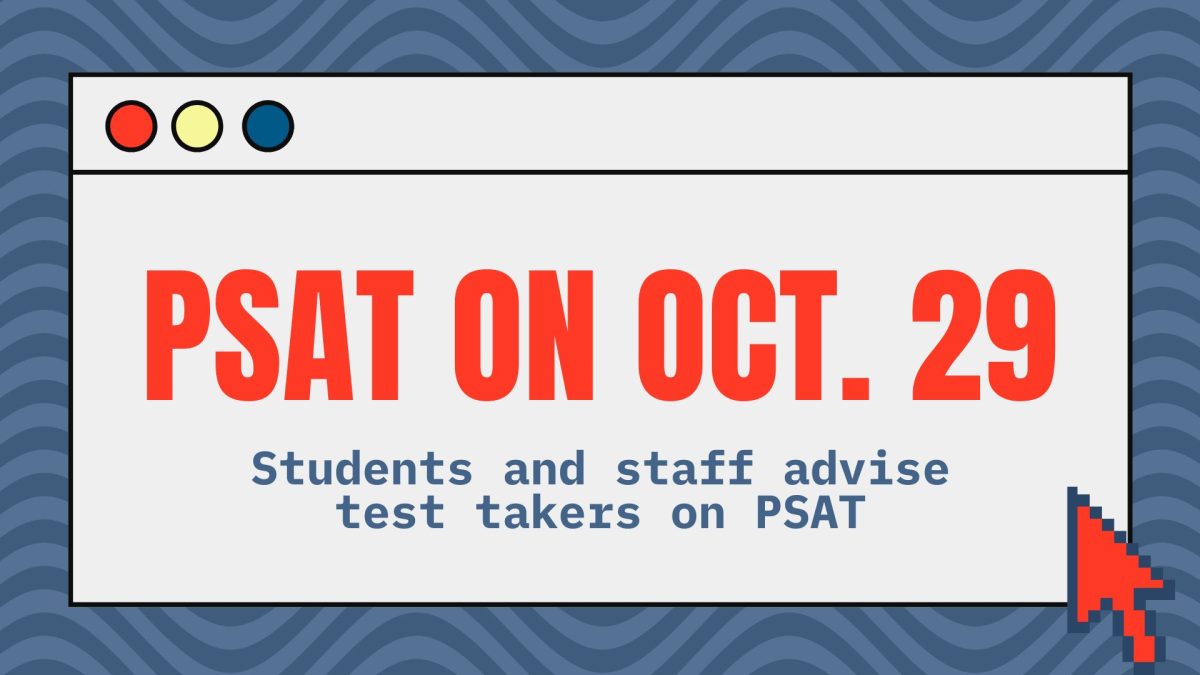Get the facts straight: COVID-19 vaccines
March 7, 2021
How do coronavirus vaccines work?
The coronavirus vaccines are the first mRNA vaccines certified for use. An mRNA (messenger RNA) vaccine contains the genetic instructions for making spike proteins, which are the molecules found on the outside of the virus. When your cells encounter these instructions, they form a spike protein on the outside of the cell. While this does not harm the body, it allows your immune system to make and store antibodies, which it can use to protect itself in case of a coronavirus infection. Introducing mRNA into your body is not harmful, and does not alter your cells. Both the Pfizer and Moderna vaccines use mRNA to protect from COVID-19.
What are the differences between the Pfizer and Moderna vaccines?
While both vaccines ultimately accomplish the same goal, there are a few differences. Pfizer, one of the biggest pharmaceutical companies in the world, and their COVID-19 vaccine was approved for use in the U.S. on December 11, 2020. Moderna, a smaller company founded a little over a decade ago, and their vaccine was approved in the U.S. a week later, on December 18.
Both vaccines are essentially the same in effectiveness. Moderna’s clinical trials showed their vaccine prevented symptomatic infection 94% of the time, while Pfizer’s was effective 95% of the time. Pfizer’s numbers proved equal across age, race and ethnicity. In Moderna’s trials, their vaccine was shown to be less effective in people over 65, although this may have been a result of too few cases in that demographic during trials. The Moderna vaccine has been approved for people ages 18 and older, with testing started for those aged 12 to 17, while the Pfizer vaccine has been approved for people ages 16 and older.
Additionally, the dosage differs between the two. Pfizer’s vaccine is administered in two shots, taken 21 days apart. Each dose contains 30 micrograms of vaccine. Moderna’s vaccine is also administered in two shots, although they are taken 28 days apart, and each contain 100 micrograms of vaccine. It is recommended that doses should not be combined. Stick to the same company’s vaccine for both shots.
The largest difference has to do with storage. The Moderna vaccine needs to be stored and shipped at negative four degrees Fahrenheit, the temperature of a regular freezer. They are also stable in the fridge for 30 days, and at room temperature for 12 hours. This allows them to be transported and stored in doctor’s offices relatively easily. On the other hand, the Pfizer vaccine needs to be transported at negative 94 degrees, requiring special transports, and must be used five days after thawing. This makes storage significantly more difficult.
What do the two vaccines have in common?
Ultimately, to the recipient, both vaccines are largely the same. As mentioned previously, both are mRNA vaccines. In the small percentage of people who develop COVID-19 even after vaccination, both protect against severe illness, and neither have been tested in children, those who are pregnant or breastfeeding and those taking anti-clotting or immunosuppressant medication.
Both also share similar side effects. After vaccination, people have reported fatigue, headache, muscle and joint pain and fever. More side effects have been observed in younger people, but there have been no serious, long-term effects observed. Some allergic reactions to the vaccine have been reported, but this is possible with any vaccine.
When can I get vaccinated?
The plan for vaccinations differs by state. Currently, in Texas, only people in phase 1A and 1B can receive the vaccine. Phase 1A includes frontline healthcare workers and residents of long term care facilities. Phase 1B includes people over 65, as well as those that are 16 and older with a chronic health condition that would put them at an increased risk for severe illness. This includes cancer, heart conditions, and others. Vaccines are currently expected to be available for the public by spring 2021.
Those who are eligible can get vaccinated at large hubs or local providers. People are reminded to make an appointment before attempting to get vaccinated. A map of vaccine providers can be found here.
As the new presidential administration takes over, some modifications have been made to the national vaccine distribution plan. President Biden plans to increase the number of vaccines sent to states weekly from 8.6 million to 10 million for the next three weeks. The President purchased 200 million more doses from Pfizer and Moderna, which will be enough for the entire American public by the end of summer, even if no other vaccines are approved. The Federal Emergency Management Agency also committed $1 billion to support vaccination sites.
Is the vaccine safe?
Yes. While trials may have seemed rushed compared to other vaccine trials, it is important to keep the reason for this in mind. Vaccine trials can take years because of the unavailability of both funding and willing test subjects. For COVID-19, however, both of these things were in high supply as the entire world awaited a vaccine. Additionally, scientists have been studying other coronaviruses for decades, so there was plenty of data to form a foundation for research once the virus that causes COVID-19, SARS-CoV-2, was detected.
Even though misinformation is in high supply, it is important to dissuade conspiracies and mistrust in the vaccine. Researchers currently don’t know what percentage of the population needs to be vaccinated before herd immunity is developed, meaning everyone should get vaccinated as soon as possible.








